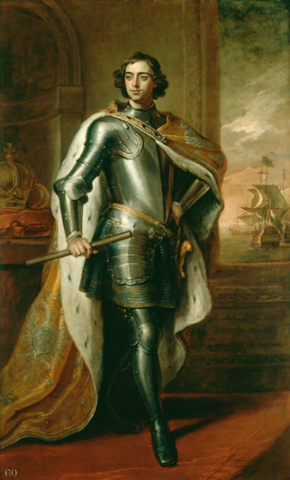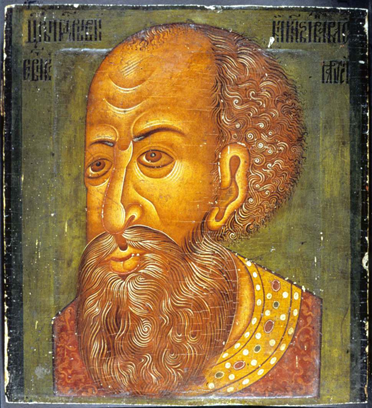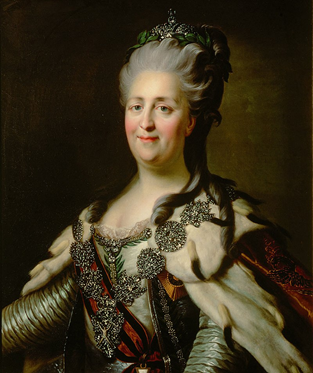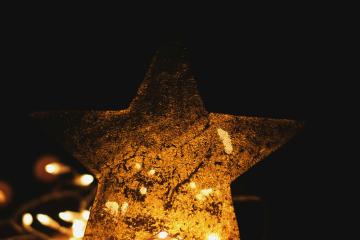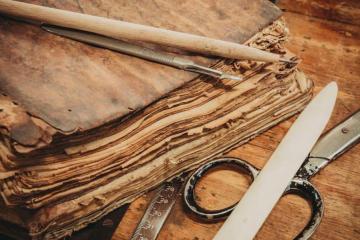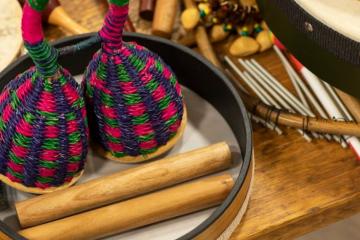Year in Review: A Remarkable Year for The Arts Society Mallorca
Hurrah for the Tsar!
Hurrah for the Tsar!
26 Oct 2020
Hurrah for the Tsar! by Jeni Fraser
In 1697, Peter the Great (1672-1725) embarked on his first ‘Grand Embassy’ to Europe. He had high hopes of travelling incognito, the better to observe European civilisation undisturbed. Frustratingly for Peter, his cover tended to be blown the moment he stepped ashore. At over 6 feet tall, fond of a party, and with a wide-eyed and rowdy retinue that included four dwarves, the tsar was hard to miss. Yet for all these distractions, Peter eagerly embraced the educational opportunities that foreign travel presents, hungry for commercial and technological knowledge that would help him in his quest to modernise life at home.
The tsar spent a full four months studying shipbuilding in the East India Company Docks in Holland, with an eye to improving the Russian navy that he had founded a couple of years previously. He maintained his fascination in matters naval and maritime in Greenwich and Deptford, where he saw a Royal Navy Fleet Review, and wrecked the home of the diarist John Evelyn during some riotous drinking bouts. In all this noble self-improvement and ignoble revelry, the tsar also made time for the quieter pursuit of sitting for a portrait. At some time during his stay in London, Peter was painted by Sir Godfrey Kneller. He presented the result to William III just before his return home.
Kneller portrayed Peter as young and virile, the encumbrance of armour failing to disguise his shapely leg and lanky frame. The Tsar’s status is conveyed by the crown in the alcove and the cloak embroidered in silver thread with the double-headed eagle of Russia’s coat of arms. These are balanced compositionally by a view of ships on exercise, which alludes to Peter’s investment in the Russian navy and the strength that this was bringing to his reign. The visual arts were not a priority for the tsar at this stage, but he was not immune to the impact that a judiciously painted portrait could make. It provided the prototype for an entirely new iconography of the Tsar, inspiring a wealth of prints that disseminated the notion of Peter’s strategic and visionary role.
Kneller’s painting of Peter was far from the first portrait of a Russian tsar. Thee had been paintings of many of Peter’s predecessors, along them splendid depictions of his father, Alexei. But Kneller’s was undoubtedly the most imposing image of a Russian ruler to date. Portraiture in late seventeenth-century Russia had yet to achieve anything like the distinction that it enjoyed in western Europe. Russia had an unparalleled richesse of icons, but these were seen very much as devotional objects rather than works of art. There was also an idiosyncratic regional form of portraiture known as parsuna painting.
Although the image above resembles an icon, it is a parsuna portrait of Tsar Ivan the Terrible, a complicated person respected by many Russians who know their history, but who is not, and is unlikely ever to be, considered a Saint. Parsuna, a rough Russian transliteration of the Latin word persona, or person, appeared in Russia from the 16th century onward and usually depicted monarchs or other notable people. Initially, the word simply referred to any portrait of a secular person, and their similarity to icons of saints was down to nothing more than the “iconographic” method of painting being the only one widely known by artists in medieval Russia. The inscription alone would be enough to distinguish parsuna of notable people from holy icons of saints. However, they still maintained the same basic iconographic style as earlier parsuna (like the example of Ivan the Terrible).
All this was to change in the years that followed Peter’s return from Europe in 1698. Immediately on his return, in September, Peter cut his beard and ordered the members of his entourage to do the same — a fashion statement meant to signal the birth of a modern Russia, based on a European model. After quelling an insurrection by the streltsy (four regiments of soldiers who had tried to usurp his reign during his absence) Peter was at last able to focus his attention on the project that had motivated his trip to Europe: the transformation of his country from a benighted, feudal fiefdom to a proud, enlightened European state. French cultural institutions became the basis for Russian academies and factories. Numerous artists, craftsmen, architects, and engineers were recruited during the Tsar's visit to help build St Petersburg as well as Peter’s Gate, the Tsar’s palatial residence on the bay of Finland. (The artistic association worked two ways: during the French Revolution, court-aligned such artists as Elisabeth Vigée Le Brun would find work and refuge in the Russian court.)
Peter placed great significance on fine art, including - most obviously - architecture, as well as painting (including book painting), sculpture and various forms of printmaking. He also paid a stipend to numerous Russian artists to acquire the necessary skills in arts academies outside Russia. He intended to establish a specialist art department in the Russian Academy of Sciences, but his death intervened in 1725 and the crown passed to his wife, Catherine I, whose arts patronage would be taken up by her grand-daughter-in-law Catherine II, Catherine the Great.
Illustrations:
Peter the Great, Tsar of Russia, 1698, by Sir Godfrey Kneller painted for William III, hung in the Drawing Room at Kensington Palace by 1700 (source: Queen’s Gallery, Kensington Palace, Royal Collection Trust / © Her Majesty Queen Elizabeth II 2020)
Tsar Ivan IV, 16th century, National Gallery of Denmark
Catherine the Great, 1780s, by Johann Baptist van Lampi the Elder, Kunsthistoriches Museum
About the Author
by Jeni Fraser
JOIN OUR MAILING LIST
Become an instant expert!
Find out more about the arts by becoming a Supporter of The Arts Society.
For just £20 a year you will receive invitations to exclusive member events and courses, special offers and concessions, our regular newsletter and our beautiful arts magazine, full of news, views, events and artist profiles.
FIND YOUR NEAREST SOCIETY
MORE FEATURES
Our Heritage Volunteers are working as part of a team working on the rewarding book restoration proj


